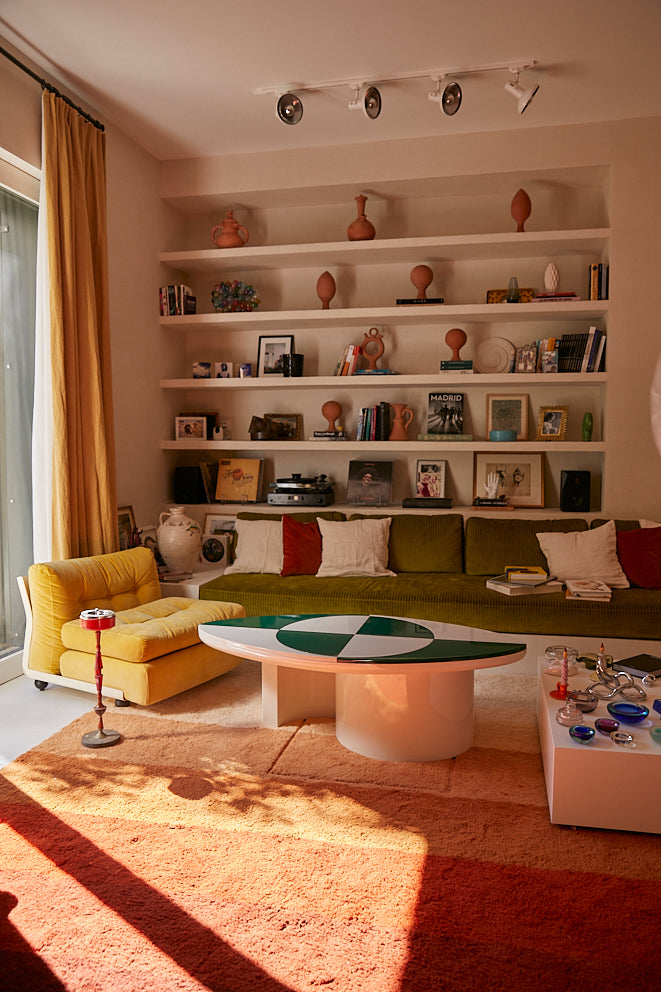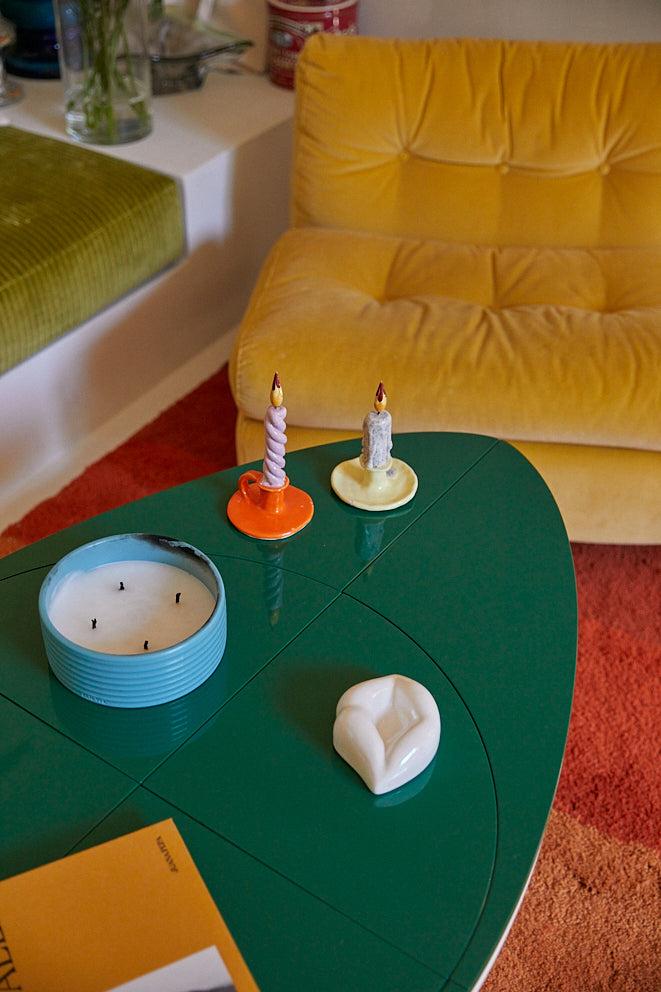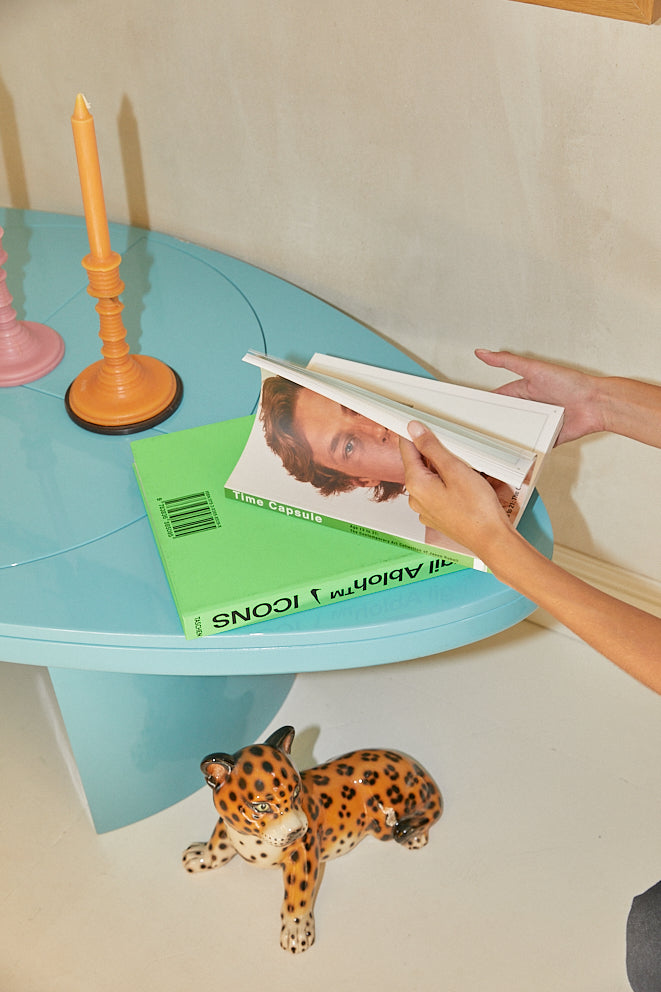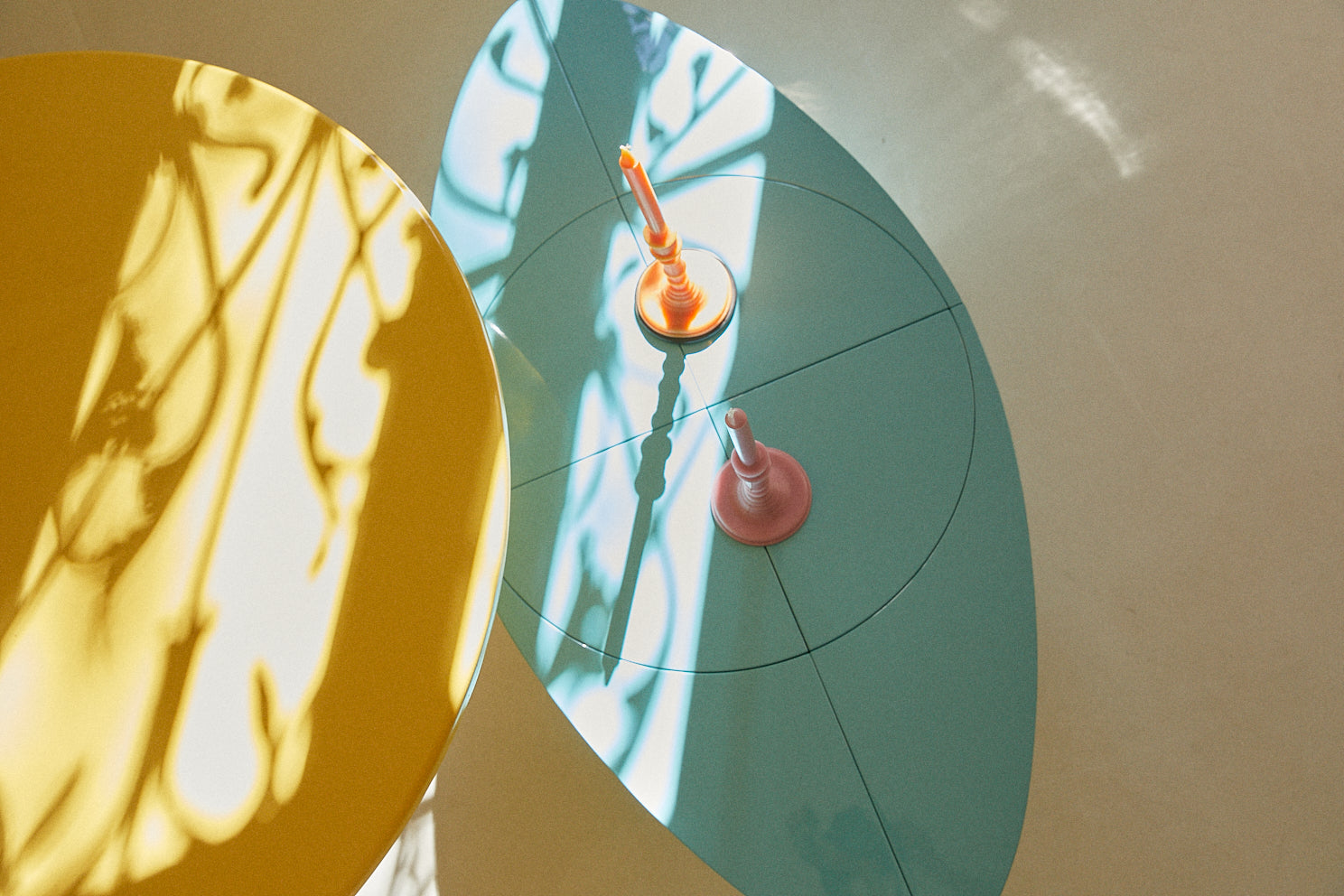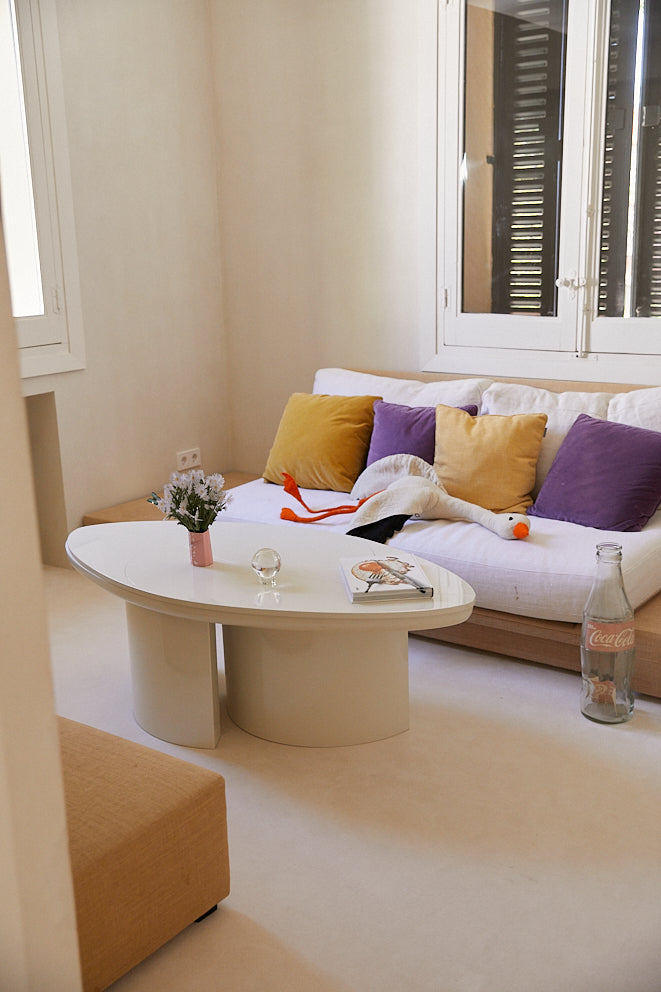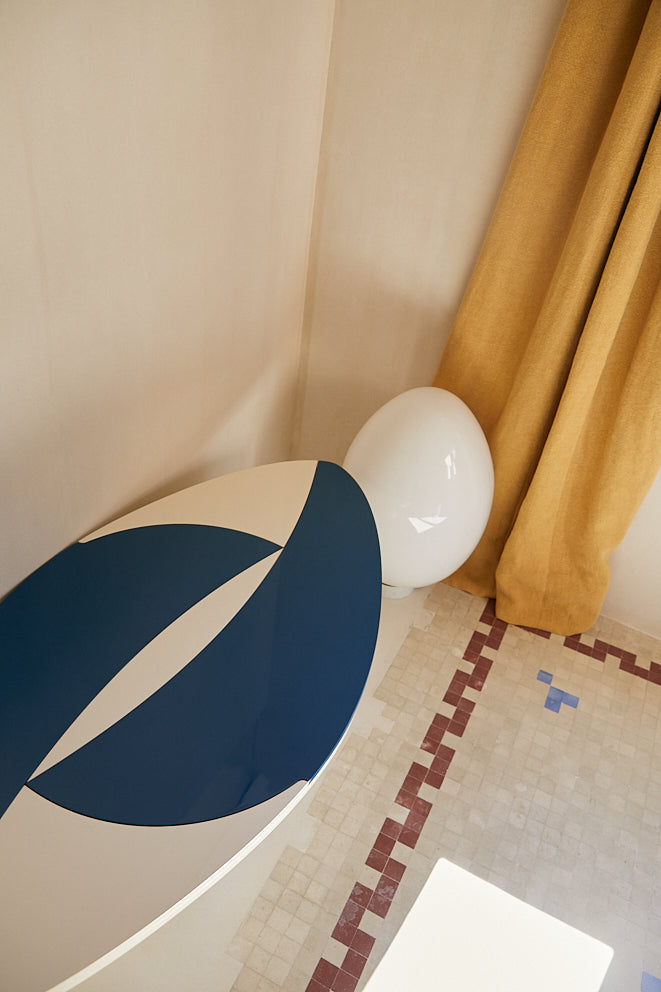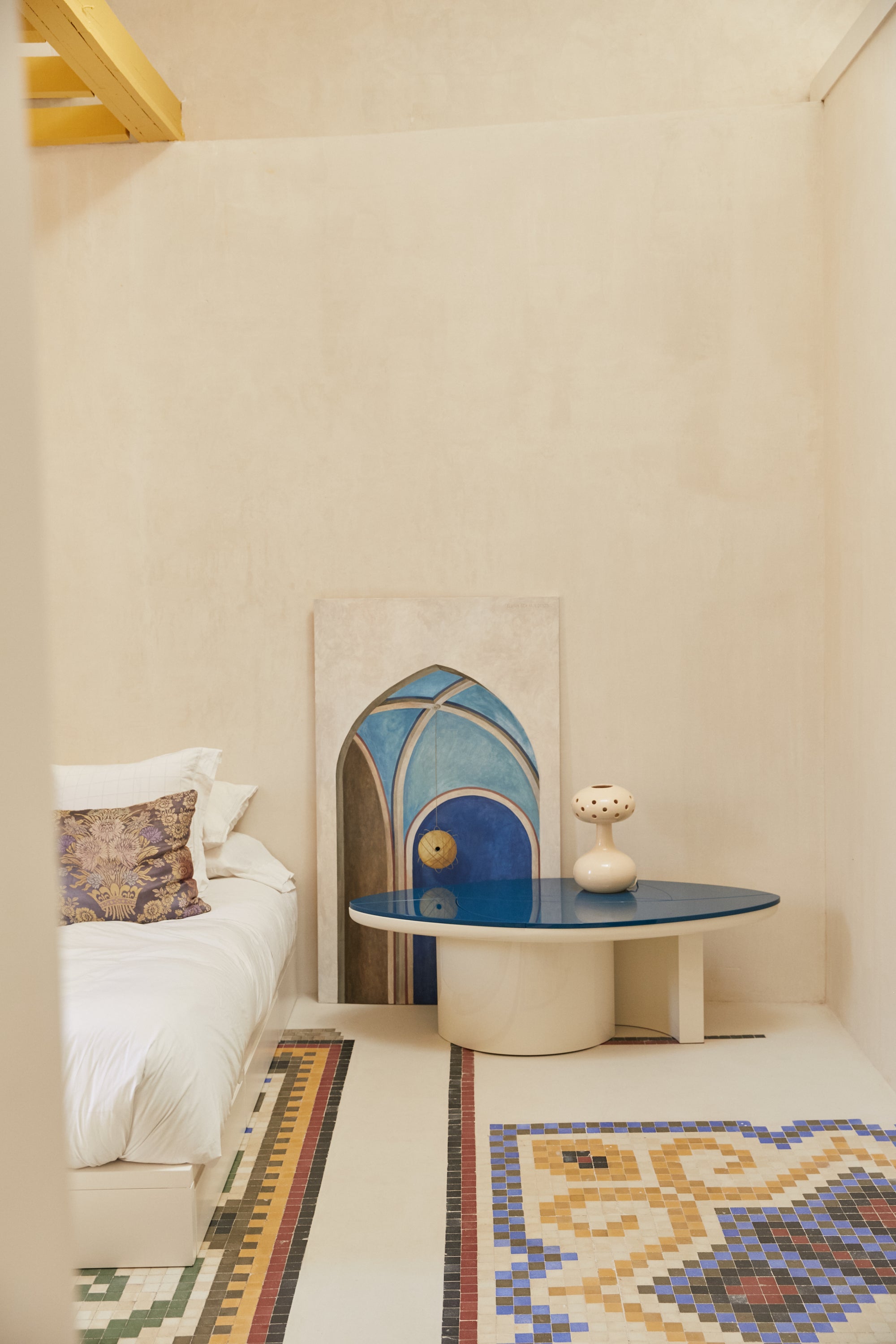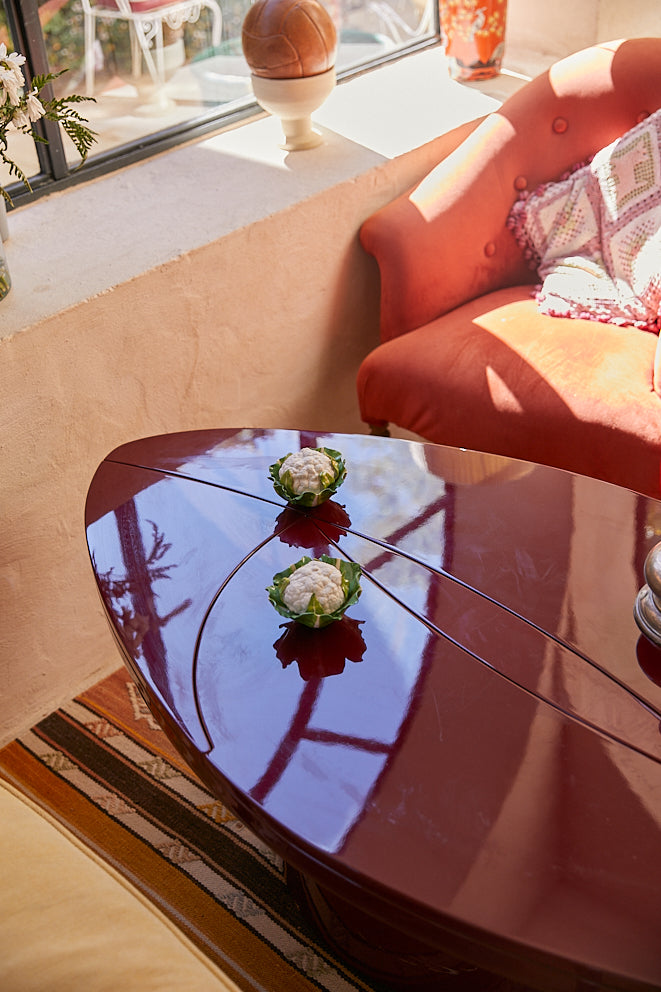Who are your favorite architects/designers?
We try not to simplify our references. We like to be informed and we try to analyze all the trends and extract what best suits our way of doing and understanding architecture. But if we had to think of some that we return to frequently, we would say Mendes da Rocha with its windows of the house in Butanta, the ceramics of Jorn Utzon and almost everything by Fernando Higueras, but especially the integration of vegetation. We like to mix these references with other more contemporary ones and not necessarily architectural, but from the world of art or fashion.
What was your professional journey prior to creating the studio?
M:My first years of training were with Pachi Mangado in Pamplona, later I worked with Nieto and Sobejano in Berlin and finally at Lacaton Vassal in Paris. When we returned, we set up the studio. L: When I finished my final year project I had the opportunity to work on different projects with María Lladó, whose sensitivity in the spatial use of color is incredible and from whom I learned (and continue to learn ) a lot of scenery and decoration. Already then we began to work in the afternoons on the projects that would be the seed of the studio.
What do you consider to be the most significant challenge during the execution of the project and how did you resolve it?
This house belonging to the old Colonia de la Unión Eléctrica was built in the 60s and the successive renovations to which it had been subjected modified its distribution and original materials until it was practically unrecognizable. The main task of this project was to rescue and highlight all those original elements that had been hidden and forgotten. One of the biggest surprises was discovering that under a laminated wooden platform and 2 layers of cork was hidden a fake ceramic floor from Noia, an artisan technique that is now out of use due to its high cost. We decided to keep the remains of the existing floor without completely restore it, filling the rest of the floor with mortar and revealing its original composition, influenced by the fascinating drawings from the Neues Museum in Chipperfield.
How did the idea of adding so much color to the house come about and how did you manage to ensure that it doesn't saturate?
The color was already there in existing floors and windows, it just had to be rescued and enhanced. Following that premise, the color focused on the tile floors and highlighting specific recovered elements such as the stair railing. The rest of the elements were left raw.


